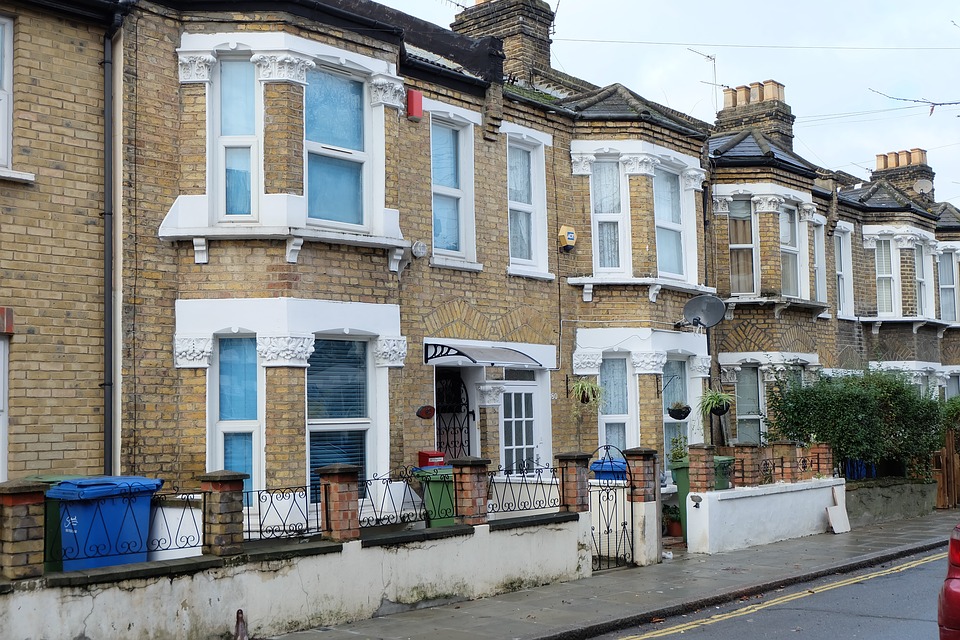
Photo source: Wikimedia Commons – Aberdeen Neighbourhood http://bit.ly/2hLjBns
Are you wanting to move but finding it hard to decide what area you are looking to move to? One thing you need to remember is could you live in a quiet town out in the sticks or in the busy centre of a city.
It not an easy decision to make. It may be your dream to live out in the country side, in the fresh air and enjoying the slow pace of life but you may end up finding it too slow or too much of a distance for getting from A to B with the long country roads. But then again, your dream may come true exactly as wished and it turns out to be the best decision you ever made.
There are a number of things to take into consideration when moving to a different part of a town. It can take time to get to know the area well enough to know whether you would like to live there, and many issues will not apparent from just visiting.
At first you will need to choose an area that you can afford to live in, the sort of property you want to live in. City Centres tend to be more expensive than the countryside, the South tends to be more expensive than the North and London is obviously much more expensive than pretty much anywhere else.
You will also need to decide what type of property you want, whether it is a new build, house, flat or a bungalow. Also, what is the minimum number of bedrooms you would consider, do you want your own front door, or are you happy with a conversion flat.
There is also employment to think about. If you are moving from the city to the countryside, consider that you may want to adapt your work-life balance or spend more time with your kids, all of which might require employment opportunities closer to home. Ensure you leave room for career flexibility. Don’t move to a one-industry town if you are about to leave the industry. Ambitious people may require access to larger centres of employment and job markets.
Spend days wandering the area you are interested in. You will probably spend years there – it is worth investing time to make sure you are happy where you end up.
Visit the parks, the pubs and shops, see if you can you feel yourself living there. Even if you rent at the beginning, it is better to rent somewhere in a village and find you can’t stand village life, than buying and selling in distress a couple of years later.
Once you have chosen a rough area, drill down – life can vary dramatically street-by-street, or village by village. Chat with the estate agents – they usually have good insider information about the local variations.
If you do choose to move to the city, one side of a suburb can be very different from another. Council Tax can be dramatically from one side of the street to the other. Transport link, what may take five minutes from one street to a bus stop my take twenty minutes from another.
Then you will need to make sure you are moving somewhere child-friendly. Good schools are vital. Visit the Ofsted’s website to find out information about the schools in the wanted area. Also, the local councils will generally tell you the precise catchments area of their schools in recent years.
Living where lots of other families already live is a good bet, and will ensure lots of facilities for families.





